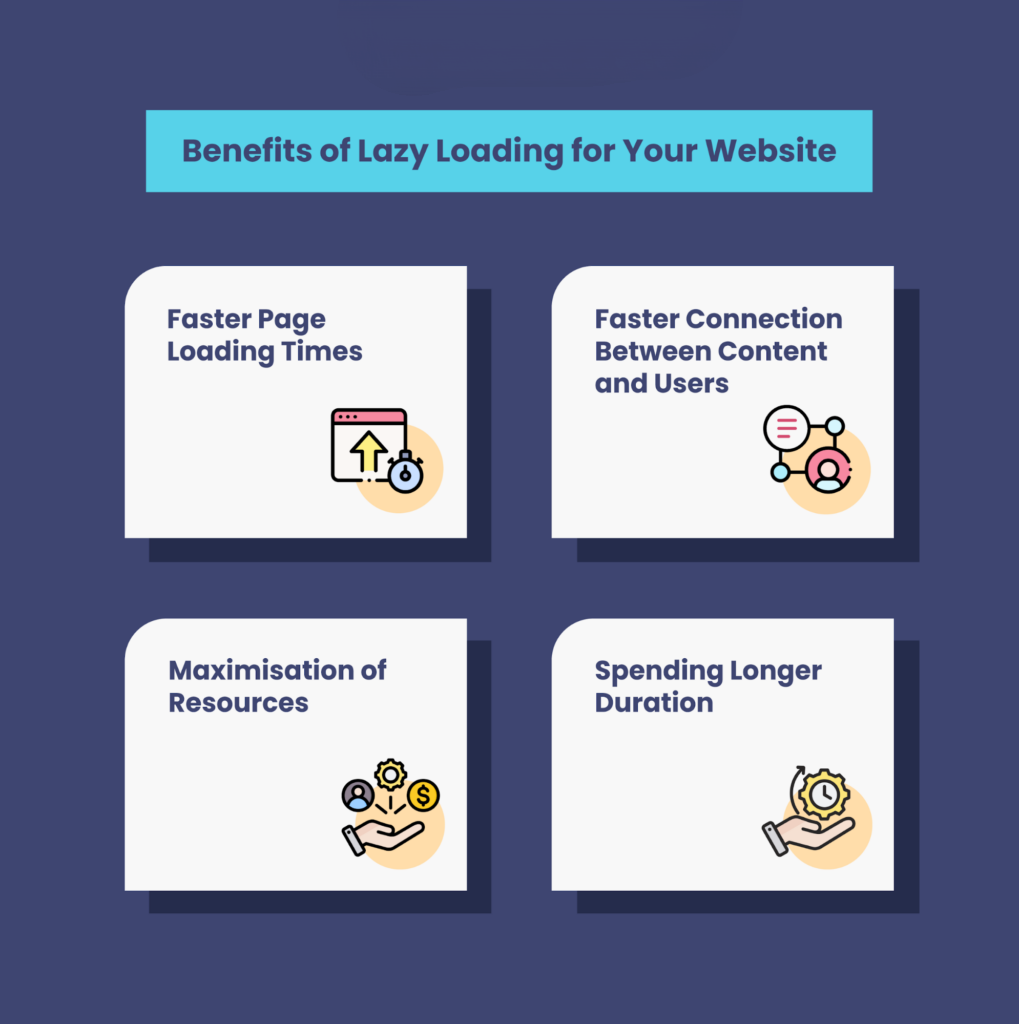
In today’s fast-paced digital world, speed and efficiency are everything. Users expect websites to load instantly, and search engines reward faster sites with better visibility. One of the simplest and most effective techniques to enhance web performance is lazy loading.
Lazy loading isn’t just a trendy buzzword—it’s a smart and essential strategy for modern web development. In this article, we’ll explore what lazy loading is, how it works, its benefits, and best practices for implementation.
How Lazy Loading Works
Lazy loading means that images or videos on a webpage don’t load right away. Instead, they load only when you scroll down and they are about to appear on your screen. This helps the page open faster because it’s not loading everything at once. It’s like only opening boxes when you need them, instead of opening them all at the same time. This saves time, data, and makes your website run more smoothly.
benefits of lazy load

- Faster Page Load Time: Lazy loading only loads images or content when they come into the user’s view (on scroll).
This means the page loads faster initially because it’s not loading everything at once. - Reduces Bandwidth Usage: Since not all assets are loaded unless needed, lazy loading saves data, especially helpful for mobile users and slow connections.
- Improves SEO & Core Web Vitals: Faster-loading pages lead to:
- Lower bounce rates
- Better Google PageSpeed scores
- Improved Core Web Vitals (Largest Contentful Paint, etc.)
Lazy loading is not just a trick — it’s a thoughtful approach to modern web design. When used wisely, it enhances speed, UX, and even SEO. But like any tool, it works best when you balance performance and visibility.
